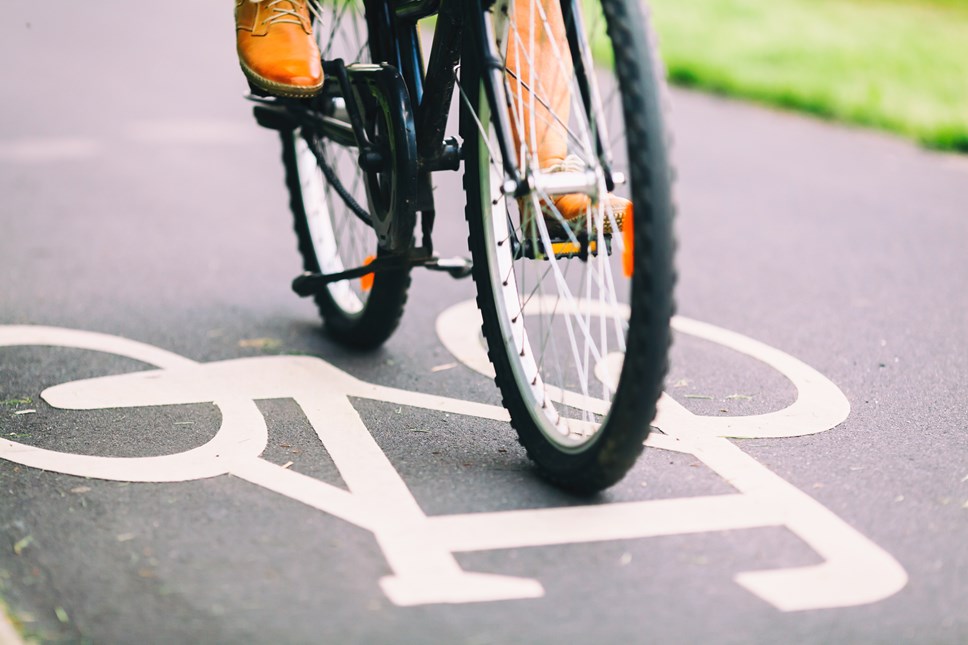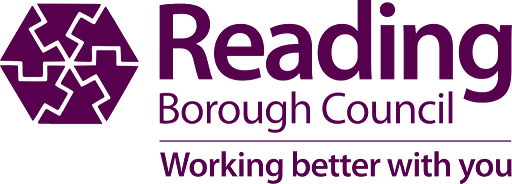
Have Your Say on New Cycling and Walking Scheme Proposals in Reading
- An initial public consultation on concept designs for new Active Travel schemes is launched today
- Nearly one third of all households in Reading will receive consultation postcards
PEOPLE are encouraged to have their say on proposals for better cycling and walking routes, as part of the next stage of Reading’s Active Travel schemes.
Initial consultations on Reading Borough Council’s Active Travel options are launched today (Weds Feb 24th). Public feedback will be key in helping to shape which of the four schemes will be progressed. Based on this initial engagement, more detailed proposals will then be brought forward later in the year, ahead of further statutory consultations.
Today’s initial proposals have been developed in the context of uncertainty regarding changes to traffic flows and unknown future travel demand post Covid 19. Over the past year the pandemic has changed people’s travel options, with more flexible working arrangements now the norm. Changes in travel behaviour and attitudes towards cycling, walking and public transport may reduce commuter car use in the longer term. It is possible that peak hour traffic will not return to previous levels, even if a level of normality returns.
Last November, the Council successfully secured £1.179m from the Department for Transport for further investment in sustainable travel options for Reading, as part of ‘Tranche 2’ of the national Active Travel Fund.
The investment aims to improve cycling, walking and public transport in the local area, including safe, dedicated cycle lanes, new crossings and wider footways. The latest funding would allow for some of the key ‘missing link’ cycle lanes in the town to be created, which would be fully segregated from traffic through the reallocation of road space from general traffic to people who walk and cycle.
The following proposed schemes make up the initial consultations:
Bath Road / Castle Hill (Southcote Lane – Inner Distribution Road / Castle Street)
A predominantly segregated cycle facility in each direction, which includes a segregated cycle facility across the IDR junction, created by removing sections of the highway currently dedicated to general traffic. This scheme would be complemented by improvements to junctions and crossing facilities along the route.
London Road (borough boundary to London Street)
A package of predominantly segregated cycle facilities in each direction, and shared bus and cycle lane, providing access to key destinations including the Royal Berkshire Hospital, achieved by removing one inbound traffic lane. This will be complemented by improvements to junctions and crossing facilities, including at Cemetery Junction.
Shinfield Road (Christchurch Green – Shinfield Rise)
A segregated cycle facility in each direction, providing access to key destinations, including the University of Reading. This will be complemented by improvements to junctions and crossing facilities, including at the Christchurch Green and Shinfield Rise local centres.
Southampton Street (Pell Street / Crown Street – Bridge Street / Fobney Street)
There are two alternative options on this key route into the Town Centre; either a two-way segregated cycle facility, or a shared bus and cycle facility. Both would be achieved through the removal of one inbound traffic lane. Either scheme will be complemented by segregated cycle facilities on Crown Street and through the Oracle roundabout, along with improvements to junctions and crossing facilities.
Tony Page, Reading Borough Council’s Lead Councillor for Strategic Environment, Planning and Transport, said:
“These initial proposals underline the Council’s full commitment to tackling the poor air quality which we know exists in parts of Reading, alongside our wider Climate Emergency Strategy.
“The funding award of £1.179m from the DfT back in November 2020 was a vote of confidence in the Council to successfully deliver permanent new Active Travel schemes in Reading. Many local authorities received considerably less than they had expected, so it was very welcome.
“Much work has been done since then on the next steps for Active Travel in Reading. It is important to note that the proposals launched today are still concept designs, subject to more detailed analysis. We acknowledge that not all of these four schemes can be delivered through the latest Active Travel budget envelope, but the results from this initial consultation will help to determine which scheme(s) progress to the next stage of development.”
People can view details on all four proposals and take part in a short survey, with the opportunity to leave comments, at www.reading.gov.uk/activetravelengagement. The two month consultation period ends at 23:59 on Friday 23rd April 2021.
Councillor Page added:
“The current restrictions mean we are proposing to use some of the Government funding we successfully bid for, to circulate postcards to a wide catchment area of around 5,000 houses in each of the areas of the four schemes. These postcards will list the schemes and give a link to the narrative and engagement survey that sits on the Council website for the duration of the two month consultation period.
“It means over 20,000 properties will receive a postcard, which represents nearly one in three of all households in Reading. This is a more comprehensive approach than we would normally undertake.
“We now need people’s views on these initial four proposals. I want to encourage as many people as possible to take part. We aim to consult widely with local communities and key stakeholders, including local residents and businesses, and all road users, which of course means pedestrians, cyclists, bus passengers and motorists, as well as the emergency services. To find out more and have your say, visit the Council’s website at www.reading.gov.uk/activetravelengagement.”
Notes to editors
When finalised, the proposed Tranche 2 schemes will supplement a series of temporary Council schemes which are already operational as part of Tranche 1 of the Council’s Active Travel programme.
These are at the following locations and are being regularly reviewed for effectiveness.
- George Street, Reading Bridge – removal of one general traffic lane to create new cycle facilities.
- Southampton Street, Silver Street & Mount Pleasant- reallocation road space to create new cycle facilities.
- Sidmouth Street – removal of one general traffic lane and temporary one-way restriction to provide a segregated two-way cycle lane.
- Whitley Street – removal of one general traffic lane to create new cycle facilities.
- Oxford Road (Tilehurst) – reallocation road space to create new cycle facilities.
- Redlands Road – cycle markings and road safety improvements.
- Christchurch Road – reallocation road space to create new cycle facilities.
- Oxford Road (between Norcot Road and the town centre) – cycle markings.
Full details, including maps, of the Council’s Tranche 1 and proposed Tranche 2 Active Travel schemes can be found at www.reading.gov.uk/activetravel
A detailed report of the Council’s Active Travel programme went to a meeting of the Council’s Strategic Environment, Planning and Transport Committee, on Wednesday 18 November 2020. https://democracy.reading.gov.uk/documents/s14928/12%20-%20Active%20Travel%20and%20School%20Streets%20report.pdf
